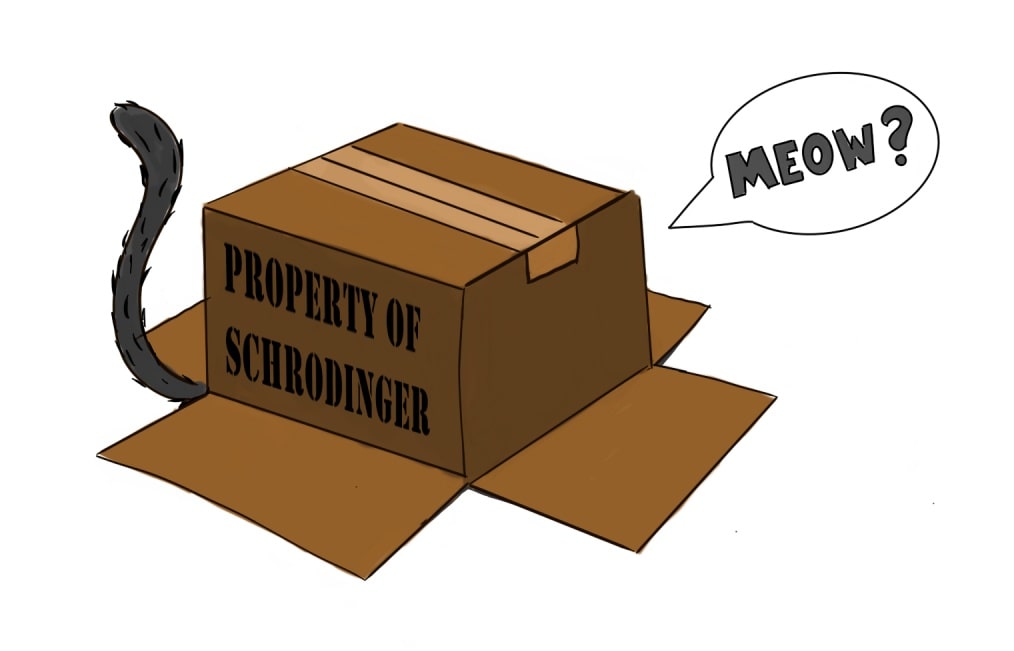How the Arrangement of Particles Determines the Solid State
This article provides an overview of the arrangement of particles in a solid and how it is determined. The specific arrangement of particles in a solid is crucial in determining its properties and behavior, and it is influenced by factors such as the type of particles, intermolecular forces or chemical bonds, crystallographic considerations, temperature and …
How the Arrangement of Particles Determines the Solid State Read More »
